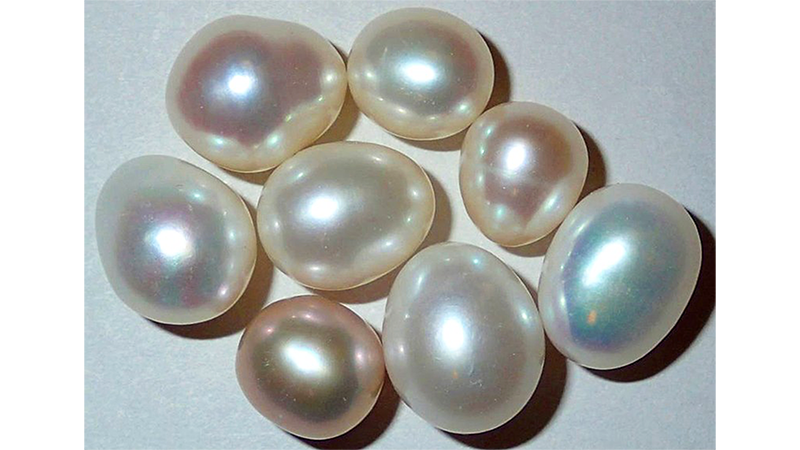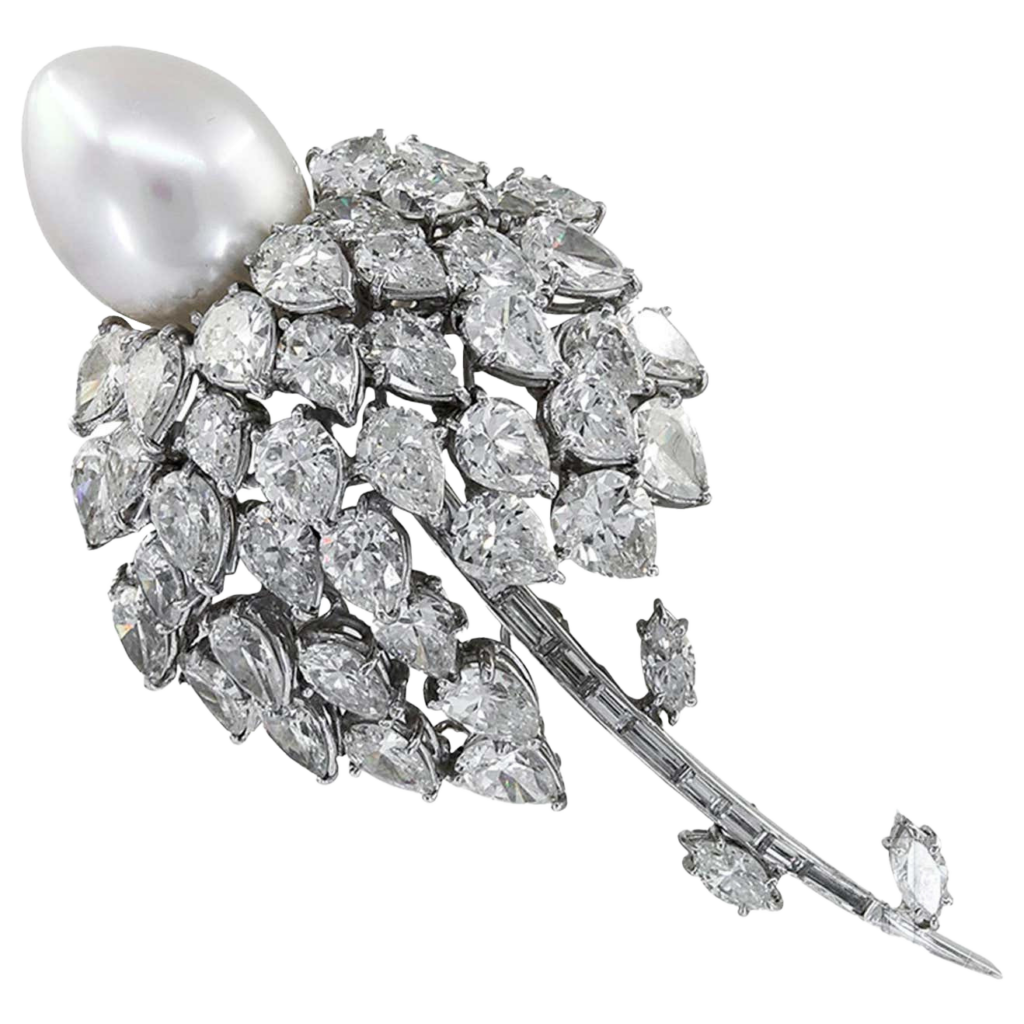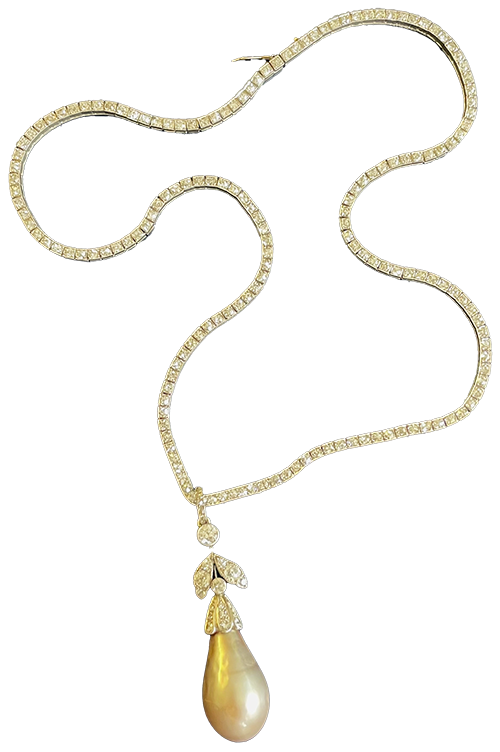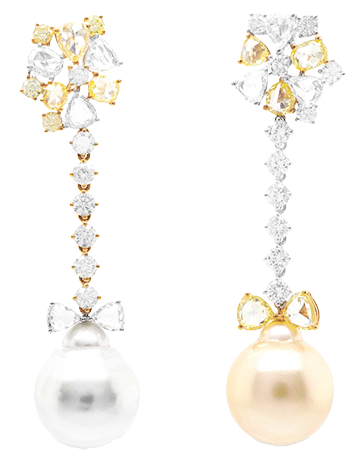Whether you’re buying pearls for yourself, or someone else, it helps to know what to look for in a pearl before you make a purchase. Of course, you should always buy what you love, but it also helps to acquire the best quality so that you get the most for your money. There are seven criteria for evaluating pearls that applies to both natural pearls and cultured pearls.
Shape — Pearls come in a variety of shapes from perfectly round spheres to pear-shaped drops and baroque pearls, which are irregular shapes. Round pearls are the priciest and most valuable of the shapes, while baroque pearls will generally be the least costly.
Surface — Pearls can be totally smooth, or they may have marks or blemishes. The smoother the surface of the pearl and the fewer blemishes there are on the pearl the better the quality. If a pearl has too many blemishes or marks, or if they are particularly creased or ridged, it may affect its durability and beauty lowering the value of the gem.
Luster — Refers to the reflection of light on the surface of the pearl, the stronger the luster on the pearl, the better. Luster is so important to pearl quality that there are five levels:
• Excellent, which is when reflections are crisp and bright
• Very Good, the reflection is bright, but a little less crisp
• Good, the reflection is bright, but not crisp and may even be a bit fuzzy
• Fair, low reflection and blurry
• Poor, reflections are faint and indistinct
Color — Pearls come in a number of colors besides the traditional white. They can be golden, pink, green or aubergine. There are three areas of color to consider when assessing a pearl.
• Body Color. All pearls will have a body color that is the main shade of the gem.
• Overtone Color. Some pearls also have an overtone color, which refers to the translucent colors that are on top of the body color. There may be more than one overtone colors.
• Orient. The last attribute that impacts pearl color is orient, which is the iridescent color that we see in some pearls. Not all pearls will have an overtone color or orient. Some may have one and not the other, but to have all three — color, overtone and orient — in one pearl is the ultimate.
Size — Pearls grow in all sizes, depending upon the type of mollusk that formed the pearl. As you may have guessed, bigger pearl sizes will be more costly and precious.
Nacre —Nacre is what makes a pearl. It is what the mollusk produces to protect itself from the irritant that has found its way inside its shell. The best pearls have a thick nacre. If a pearl has a chalky, flat look it may be from thin nacre. A pearl with thin nacre will have little to no luster and will be less durable than a pearl with a thicker nacre.
Matching — Finding pearls that are matched in size, color, luster, nacre, surface and shape is essential to the final look and quality of pearl jewelry. You may find a piece of pearl jewelry that incorporates different pearl colors, which can be very beautiful as long as the other quality factors match.
Pearls: Natural or Cultured
Most pearls on the market today are cultured, but there are natural pearls in antique and vintage jewelry, additionally natural pearls from the Arabian Gulf are also starting to come onto the market. Pearls that are natural remain very rare and the only way to tell the difference between a natural and a cultured pearl is to have it examined by an accredited gemological laboratory as they will have the proper equipment necessary to determine whether or not a pearl is natural or cultured.
Featured image (top of page): Cultured pearls in various shapes, photo John St. James.
Authored by Amber Michelle



